Scientist-led conferences at Harvard, Stanford and MIT
-
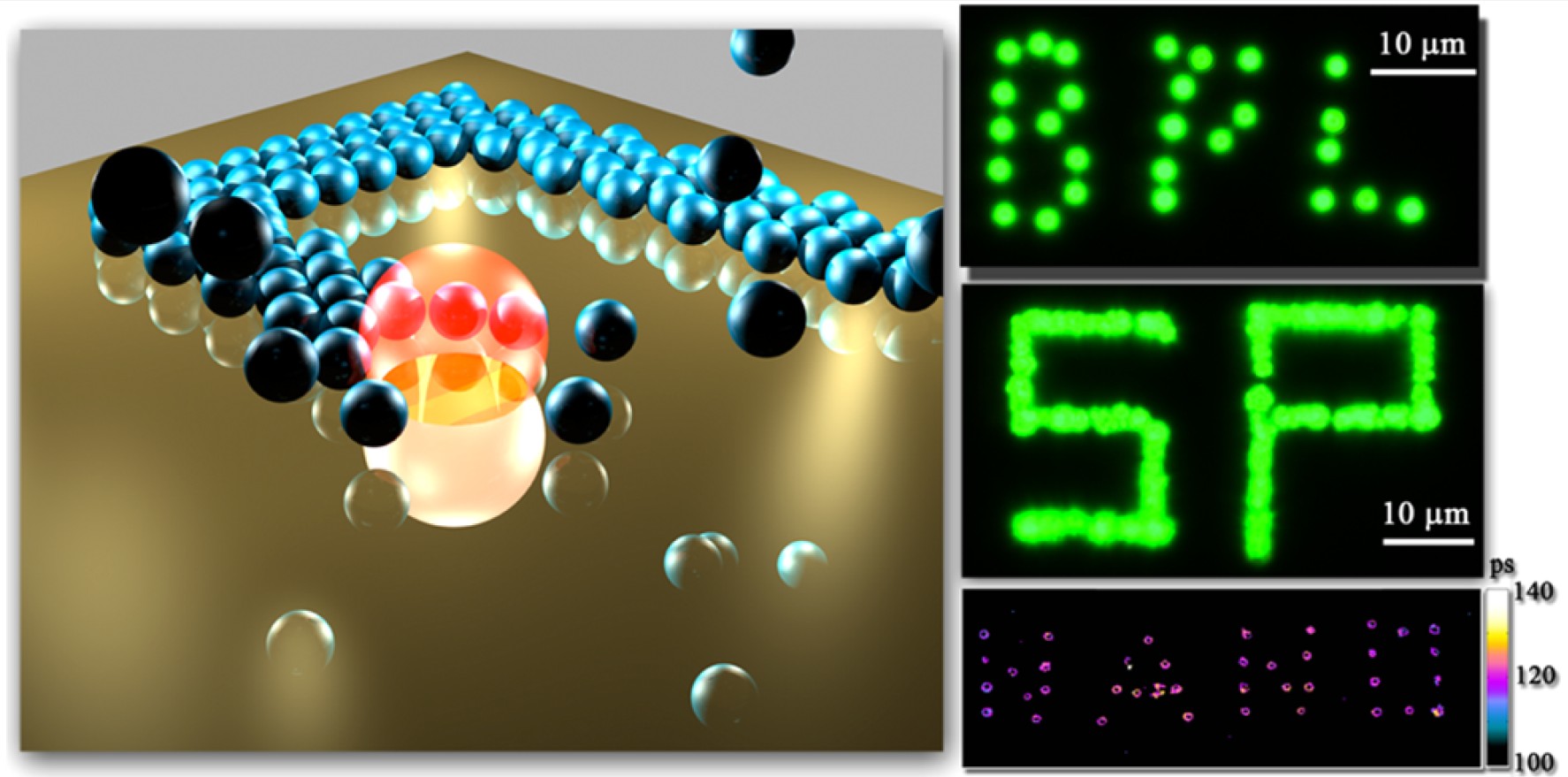
“Bubble-pen” writes with nanoparticles
Yuebing Zheng and University of Texas colleagues have developed a “bubble pen lithography” device and technique to quickly, gently and precisely handle nanoparticles. This can support the creation of accurate and highly sensitive biomedical sensors for drug delivery or imaging, among other applications. The method relies on micro bubbles to inscribe nanoparticles onto a surface. A laser is…
-

Handheld spectrometer identifies low-grade brain tumors
Emory and Georgia Tech researchers have developed a highly sensitive spectrometer to identify low-grade gliomas from healthy tissue. The hand-held device contains a light source and detector tuned to the excitation and emission wavelengths of PpIX. The team claims that the device is 3 times more sensitive than current surgical microscopes, and enables the detection of as…
-

Smart helmet + rate activated strap could minimize head injury severity
The Army Research Lab continues to develop technology aimed at protecting soldiers, athletes and others from impact related head injury. Its rate-activated helmet-strap can prevent violent head motions, while permitting (necessary) voluntary head motion. The material stretches with low, elastic force at slower speeds, and resists with high force when pulled quickly upon impact. Used…
-
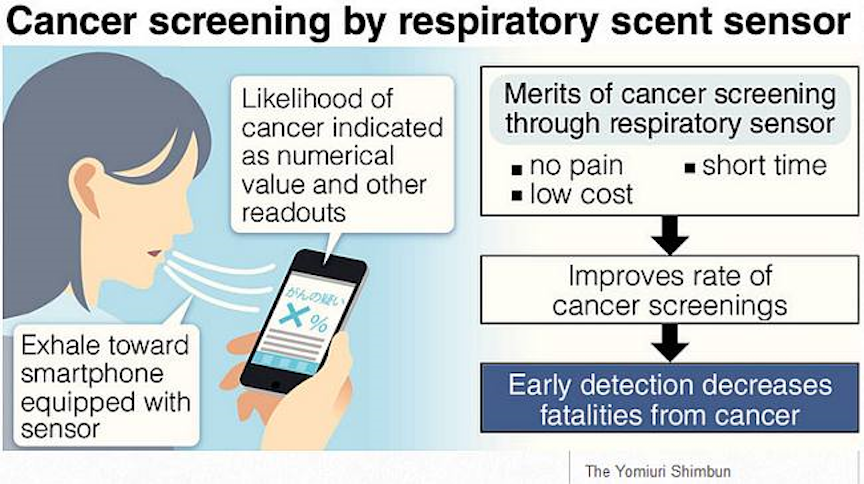
Phone chip may sense cancer in breath
Image: The Yomiuri Shimbun A consortium led by Yoshikawa, Genki and National Institute for Materials Science colleagues is in the early stages of developing a phone sensor that they claim is capable of detecting cancer by analyzing breath odor. A tiny chip is said to determine whether substances linked to cancer exist in one’s breath, and calculates…
-

Brain architecture linked to consciousness, abstract thought
UMass professor Hava Siegelmann used fMRI data from tens of thousands of patients to understand how thought arises from brain structure. This resulted in a geometry-based method meant to advance the identification and treatment of brain disease. It can also be used to improve deep learning systems, and her lab is now creating a “massively recurrent deep learning…
-

Wearables + app + AI for personalized fitness coaching
Under Armour has partnered with IBM Watson to create a fitness app called Record. Exercise, sleep and food intake are recorded from wearables, apps, and one’s own entries, and analyzed by Watson, which provides personalized coaching based on the data of others with similar fitness profiles. Wearable Tech + Digital Health San Francisco – April…
-

Sensor patch, app, quantify sun exposure
MC10 has partnered with L’Oreal to develop MyUV Patch, a small, flexible adhesive patch that uses MC10’s advanced sensors to determine sun exposure. Photosensitive dyes incorporate skin tone into the equation, and change colors as UV exposure increases. Users upload photos of the changing patch to an app that determines exposure levels. Last year ApplySci described…
-
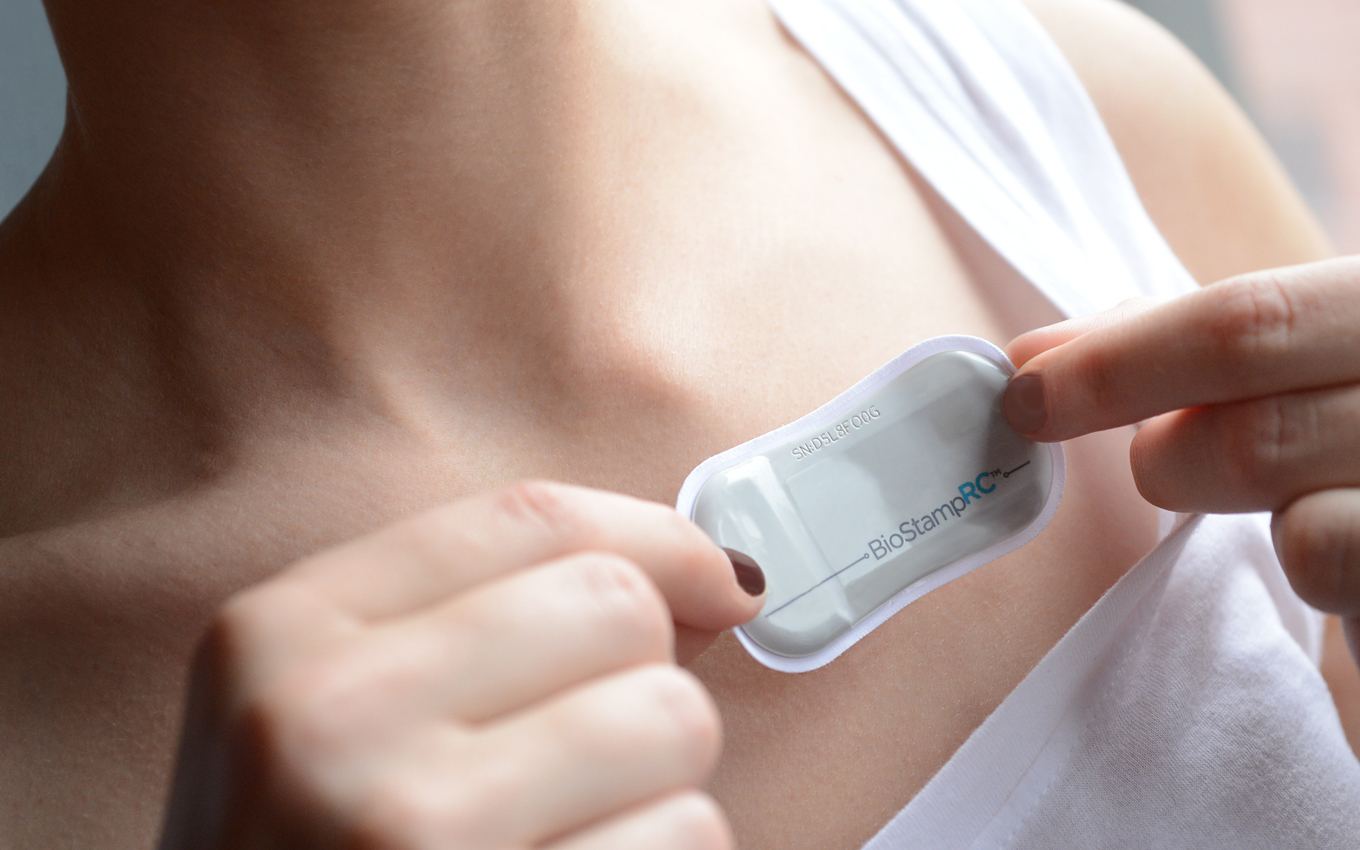
Flexible bio-sensor wearable + cloud system + research portal
ApplySci has long followed the disruptive work of John Rogers and Roozbeh Ghaffari at MC10. At last year’s Wearable Tech + Digital Health NYC conference, Dr. Ghaffari described the company’s bio-medical sensor based wearable electronics, its focus on movement disorder and cardiac monitoring to both measure the impact of medicine and track quality of life, and…
-

App controls heat, comfort, fitness monitors in smart shoe
Digitsole is a smart shoe company that creates app controlled footwear. A phone can be used to: control a heating system that can raise the shoe’s temperature to 110 degrees fahrenheit; tighten or loosen laces; or activate a light. And, of course, sole placed sensors provide data on steps taken and calories burned, as well…
-

Smart thermometer + app track temperature over time
Thermo by Withings is a connected, highly accurate, non invasive thermometer. It measures temperature from the temporal artery on the side of the head using 16 infrared sensors. 4,000 measurements are taken in 2 seconds, and a proprietary algorithm corrects for differences including skin heat loss or heat from a room’s light. Data is sent…
-
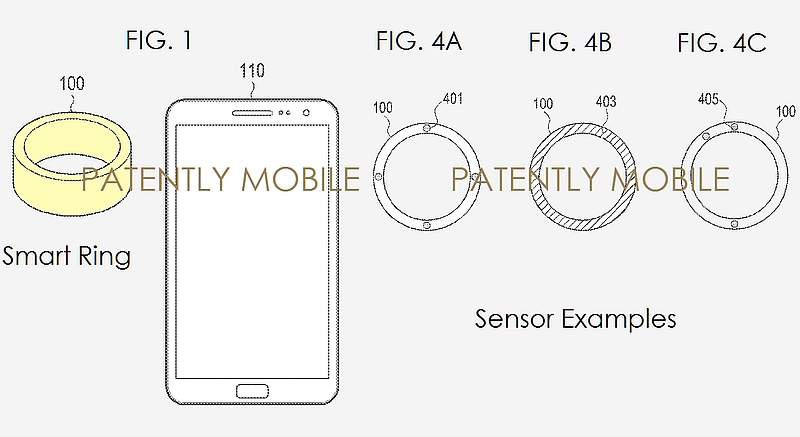
Smart ring controls home devices; health applications possible
Samsung has joined Apple, Microsoft, and Google in patent filings for smart rings. Patently Mobile describes features including the ability to control phones, TVs, and home automation systems. Health and fitness applications have not yet been detailed, but are a logical extension. Wearable Tech + Digital Health San Francisco – April 5, 2016 @ the…
-
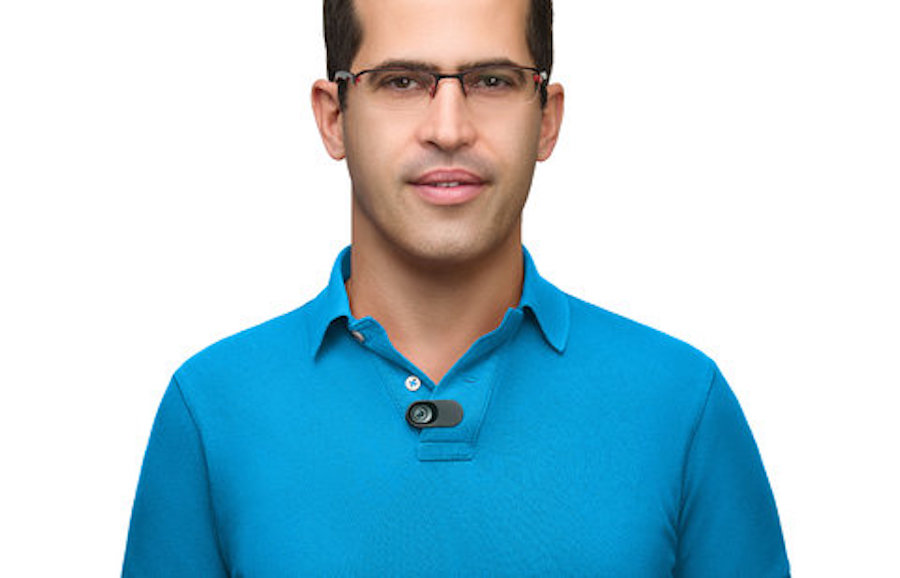
“Augmented attention” wearable assists the visually impaired
OrCam is a disruptive artificial vision company that creates assistive devices for the visually impaired. It is led by Hebrew University professor Amnon Shashua. MyMe, its latest product, uses artificial intelligence to respond to audio and visual information in real-time. A clip on camera and Bluetooth earpiece create what the company calls an “augmented attention” experience,…
Got any book recommendations?